At the beginning of August, the crypto market experienced intense fluctuations: Bitcoin weakened in the short term, altcoins generally corrected by 20%-30%, with daily liquidations exceeding 1.5 billion dollars. The main driving force behind this has been pointed to Trump. From the new tariff policy, the escalation of geopolitical friction, to the reversal of macro data and the Fed's inaction, the market is once again shrouded in FUD sentiment. Meanwhile, rumors of 'Trump secretly selling crypto assets' have also intensified market panic, triggering a new chain reaction. In this article, I present a judgment different from the mainstream by dissecting macro data and capital flows: the short-term pullback may be an opportunity for long-term positioning, and the real 'second wave bull market' may already be brewing.
Note that the views in this article have a clear stance and are not investment advice. Rationally reference the analysis content and make prudent decisions based on your own situation.
Market optimism has dissipated, and adjustments are quietly coming; Bitcoin has fallen back 9% from its historical high, and altcoins generally corrected by 20%-30%.
At the beginning of August, the market suddenly faced severe selling pressure, with daily liquidation exceeding 1.5 billion dollars. The core question is: is the incentive for this round of decline severe? How should we respond?
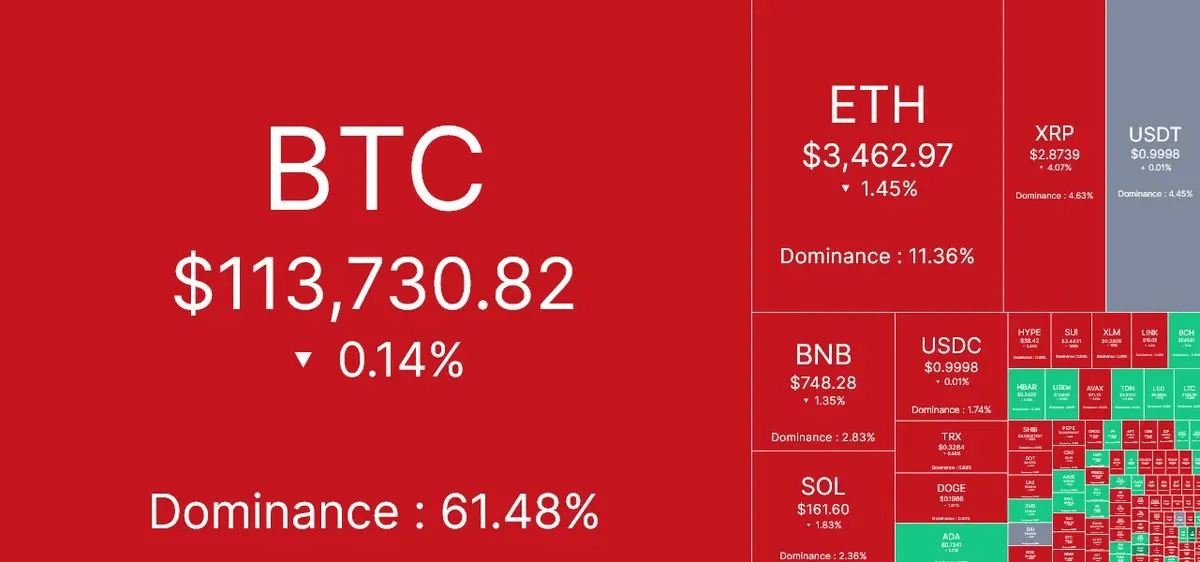
The core trigger point of this pullback lies in the latest developments of President Trump:
New tariff policy proposals;
Geopolitical uncertainty is escalating;
Macroeconomic data is fraught with contradictions.
First, focus on that exhausting 'new tariff proposal.' Over 66 countries have been listed as potential targets for tariff increases - the routine remains. Each time it feels like 'the old script is being replayed,' even giving a sense of 'manipulating the market.'
However, the US government clearly will not risk an economic recession just for these tariffs.
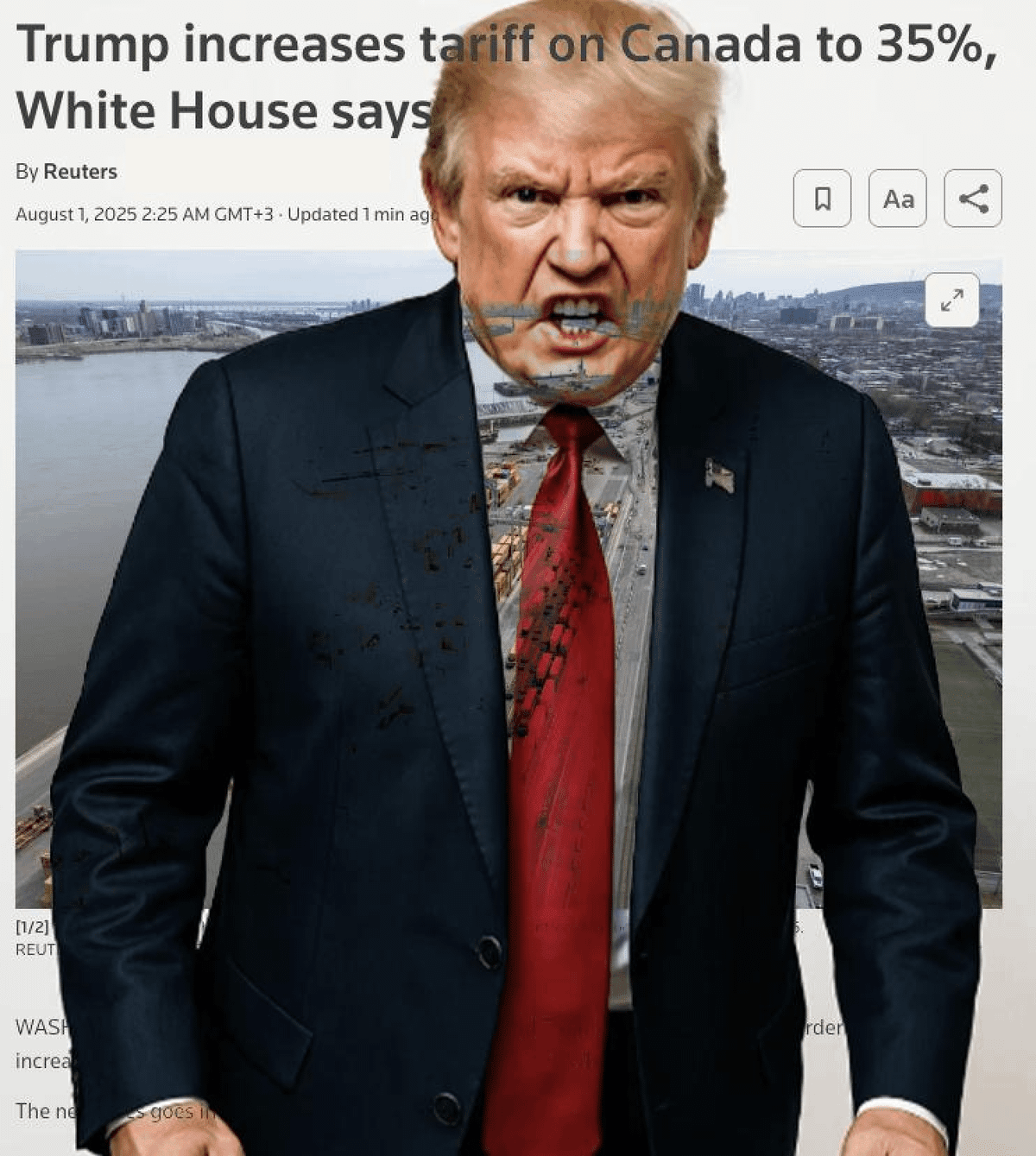
The market pullback triggered by such operations is not new to us. Retail investors often regard such news as major bad news and overreact.
Think back, how many times have similar tariff threats been announced? And how many times has the market reached a new high afterward?
Therefore, there is no need to worry too much about this; it has become a common topic.

In addition to tariffs, the recent surge in geopolitical risks has also heightened unease. The trigger was: the US announced the deployment of two nuclear submarines near Russia. Is this concerning? Indeed it is.
But upon calm reflection: does anyone really believe that there will be a nuclear war in 2025? This is more likely a 'pressure tactic' aimed at pushing the negotiation process.
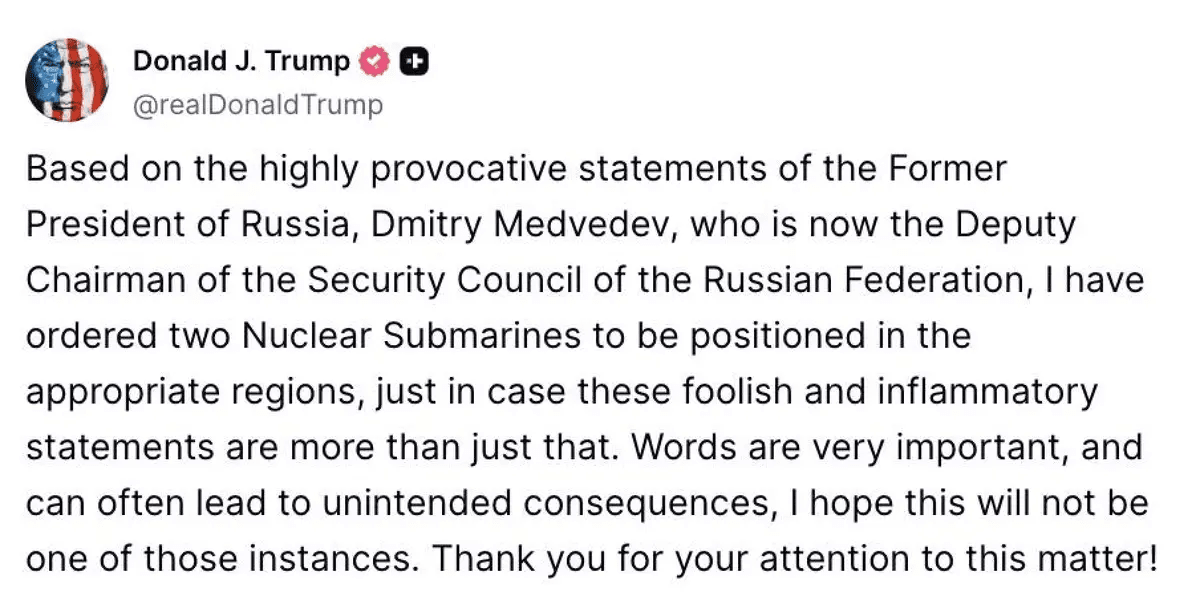
However, what truly troubles American economic decision-makers (such as the Fed) is the chaotic macro data from the labor market.
The market's previous bet on the 'Federal Reserve policy shift' (interest rate cuts) has fallen through.
More critically, the non-farm payroll data (NFP) for May-June has been significantly revised down by nearly 10 times, severely shaking the market's confidence in the reliability of overall macro data.

Ultimately, multiple factors form a powerful 'combined punch':
Interest rates remain high;
Signs of economic cooling are increasingly apparent.
These factors combined have led to a significant shrinkage in institutional investor demand this week. Bitcoin spot ETFs have also recorded their first net outflow.
So, what is my judgment on the future market?
My current view is based on the recognition of the continuous accumulation of macro pressure. Currently, no major economy is able to create enough credit growth to support continuous GDP expansion.
The key support levels I have set are: Bitcoin at 110,000 dollars, Ethereum at 3,200 dollars.
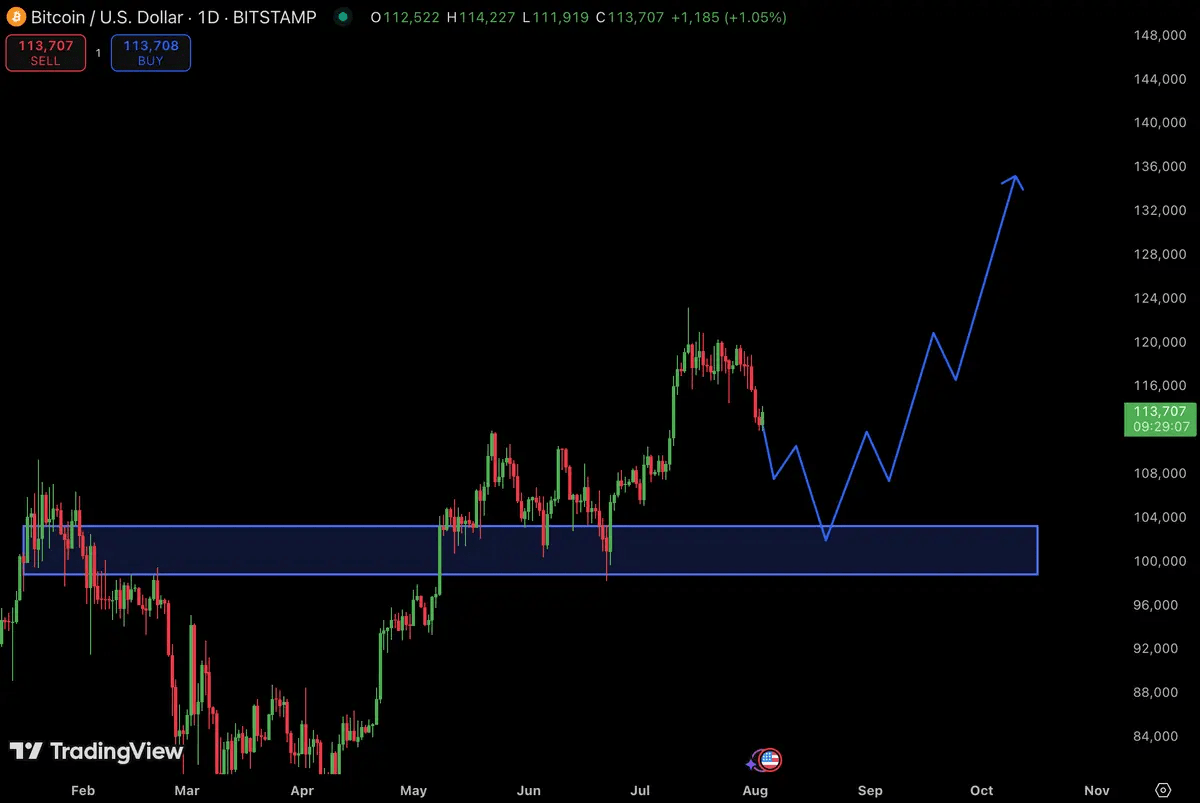
I expect that by September, the Federal Reserve will have no choice but to start cutting interest rates to re-stimulate the market.
Inflation data has significantly retreated;
The job market is under pressure;
Powell seems intent on delaying the decision to cut interest rates.
As the time approaches, the market is expected to open up an upward trend again.

Historical patterns show that after every similar FUD (fear, uncertainty, doubt), the market tends to experience a strong rebound.
Referring to the correlation chart between M2 money supply and Bitcoin prices, the conclusion is clear: the market trend follows liquidity, and the overall global liquidity environment still tends to be loose.
Therefore, the current volatility is essentially still a global market game layered with FUD.
In this adjustment, I am focused on continuously accumulating three types of assets: BTC, SOL, and ETH.
I am particularly optimistic about the technical potential and fundamentals of ETH, and I have noticed the increasing interest from institutions. On August 3, a wallet related to Shraplink added 36 million dollars' worth of ETH, which serves as evidence.
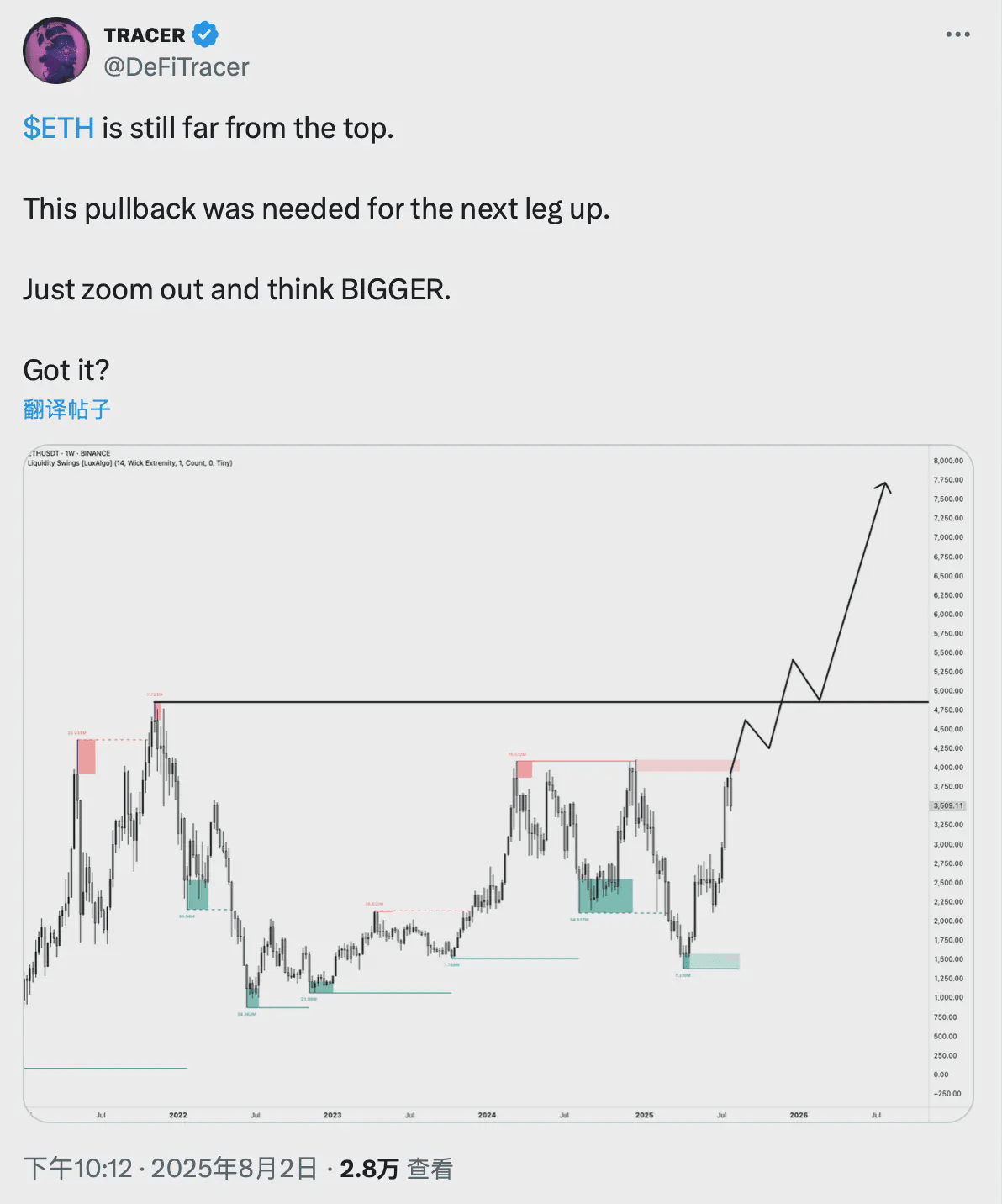
In summary, the strategy is clear: view the current volatility as an opportunity to accumulate positions.
The market landscape is evolving, and such a low buying window is unlikely to last long. This is the moment to gradually build positions and accumulate chips, waiting for the opportunities in the market from October to December.
Continuously monitor BNB, BTC, ETH, SOL



